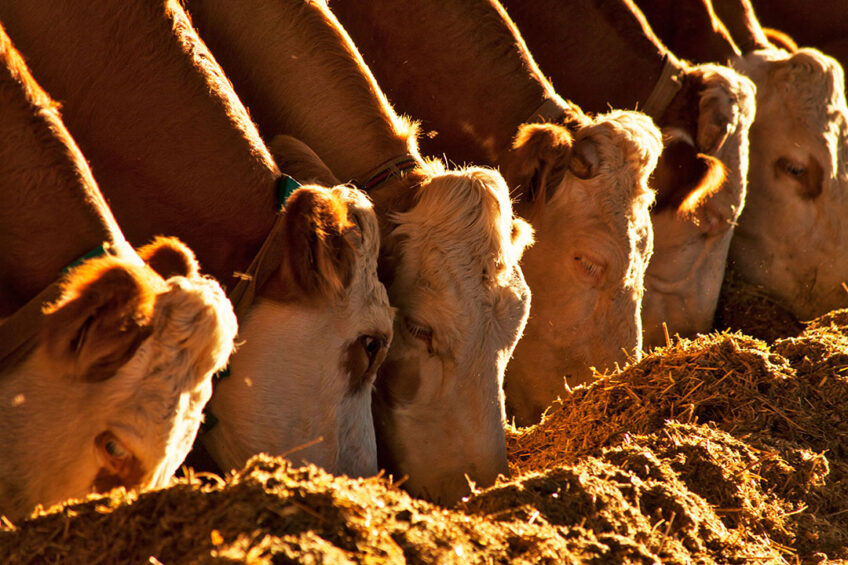Obstacles facing circular & sustainable livestock & aquaculture production

Uptake of circular and sustainable livestock feed diets face a range of political and economic obstacles, according to the European animal nutrition trade body FEFAC.
Their potential to reduce the environmental impact of feed sourcing or digestion or to maintain the health status and enhance the welfare of livestock and aquaculture so far lacks visibility, and as a result, these solutions remain underrated.
There has been a low level of uptake of dietary interventions in the design of the Common Agricultural Policy National Strategic Plans by member states in 2023. Just 2, Portugal and the Flanders region of Belgium have made eligible to CAP support certain animal nutrition solutions to improve resp. feed efficiency and reduce enteric methane emissions.
This is in spite of the EU Green Deal and the Farm to Fork Strategy accelerating research to address key sustainability challenges, such as climate change, deforestation and animal health and welfare.
Feed industry needs to step-up
Asbjorn Borsting, FEFAC president, said it was time for the feed industry to show and prove what animal nutrition can deliver to the livestock and aquaculture sectors for the green transition to enable policy makers and governments to take note.
This is needed, he said, so that decision makers and chain partners can evaluate and “approve the investment potential of such feeding technologies in full confidence.”
The phosphorous success story
Borsting said 15 years ago one of the largest issues facing the sector was emissions linked to phosphorous. The use of phytase to improve digestibility of the phosphorous in the diet and thereby reducing the total amount of phosphorous in feed enabled emissions to dramatically reduce. The success story provides a clear track record of the ability of the feed sector to deliver against its societal commitments, said FEFAC.
We want to show the decision makers, our chain partners and the public that there is a science-based alternative to having a narrow focus of simply bringing down the livestock population in the EU, which would only increase the EU reliance on Third Country imports to feed itself with high-value livestock and aquaculture proteins.
Asbjorn Borsting, FEFAC president
Key environmental challenges
FEFAC is highlighting the contribution of animal feeding strategies with a new publication, “Advanced animal feed strategies to support the transition towards more sustainable and circular livestock and aquaculture production,” which focus on the 5 key ambitions detailed in the FEFAC Feed Sustainability Charter 2030.
FEFAC asked its members, via a questionnaire, which were the key environmental, animal health and animal welfare challenges where advanced feeding strategies could play an important role. Backed by concrete examples, it has provided a range of case studies selected for their efficacy.
The key environmental challenges identified by FEFAC members where animal feeding strategies can play a role for all species were:
- The use of low-carbon footprint ingredients
- The assurance of using deforestation-free soy
- Increased circularity through feed production.
Low emissions on feed production
To push for the use of low greenhouse gas emissions related to feed materials production, FEFAC said it had invested with global partners in the development of the GLFI Database, which currently contains the most comprehensive information source for datasets on the environmental impacts of the feed materials sourced by compound feed manufacturers.
Deforestation-status of soy
Securing the deforestation-status of soy is possible through the use of certified responsible soy production with the FEFAC Soy Sourcing Guidelines providing a comparison level for producers of responsible soy, thereby facilitating the linking of market supply and demand.
Animal health challenges
Responding to animal health challenges, FEFAC said the 2 key issues of concern among its members were feed safety and antimicrobial resistance, while they were also worried about presence of mycotoxins at low levels in feed.











